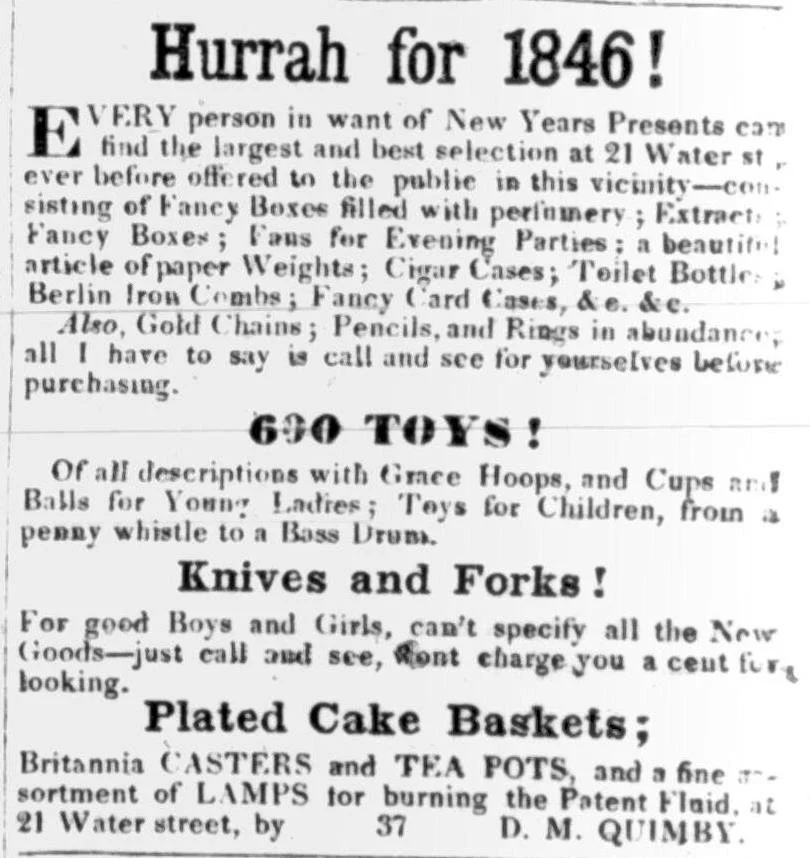by Barbara Rimkunas
This "Historically Speaking" column was published in the Exeter News-Letter on Friday, January 19, 2024.
At one time, in the mid-nineteenth century, Exeter had 14 public school buildings. You won’t be able to find most of them today, but it’s an interesting exercise tracking down where they once stood. Charles Bell, author of “The History of the Town of Exeter, New Hampshire,” tells us that there were a few early schoolteachers in town as early as the mid-1600s, although there are no clear records as to where the classes were held. “The records of the town contain no information in regard to the earliest schools, as they were probably maintained, not at the public charge, but by the parents of the children who attended them.” A schoolhouse was erected opposite the meeting house around 1707. Children who lived on the outskirts of town were too far away to attend classes. They would learn basic reading and arithmetic at a dame school near where they lived – generally run by someone’s busy mother.




















